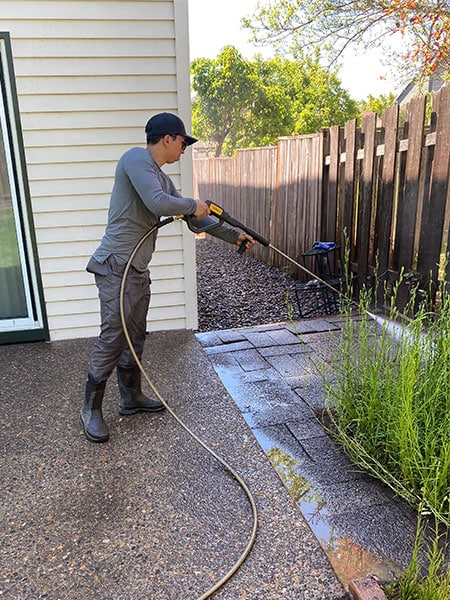The Truth About Gutter Guards: Why They’re Often Ineffective
Gutter guards: hailed as the solution to clogged gutters and a remedy for the hassle of regular cleaning. These seemingly ingenious inventions promise to keep leaves, debris, and other unwanted intruders out of your gutters, thus preventing blockages and the subsequent damage to your home. However, despite their popularity and widespread use, the reality is that gutter guards often fall short of their promises, leaving homeowners frustrated and still dealing with gutter-related issues. Let’s delve into why gutter guards are often ineffective and why you might want to think twice before investing in them.
Design Limitations: While gutter guards come in various shapes, sizes, and materials, many of them share a common flaw: their design. Some guards feature large openings or mesh that allows smaller debris like pine needles, seeds, and shingle grit to bypass the guard and accumulate in the gutter. Others may become clogged themselves, effectively rendering them useless and potentially causing water to overflow.
Installation Challenges: Proper installation is crucial for gutter guards to function effectively. However, the complexity of installation can often lead to mistakes. Even a small gap or misalignment can allow debris to enter the gutter, defeating the purpose of the guard altogether. Moreover, poorly installed gutter guards may become loose over time, further exacerbating the problem.
Maintenance Requirements: One of the selling points of gutter guards is that they reduce the need for gutter cleaning. However, this claim is not entirely accurate. While gutter guards may reduce the frequency of cleanings, they do not eliminate the need for maintenance altogether. Debris can still accumulate on top of the guards, requiring periodic cleaning to ensure proper functionality. Additionally, some gutter guards may trap debris within the gutter itself, making it more challenging to remove during cleaning.
Compatibility Issues: Not all gutter guards are suitable for every type of gutter system. Homeowners with unconventional gutter designs or roof configurations may struggle to find gutter guards that fit properly and provide adequate protection. Incompatibility issues can compromise the effectiveness of the guards and lead to water damage and other problems down the line.
Cost vs. Benefit: While gutter guards may initially seem like a wise investment, the cost-benefit ratio may not always be favorable. High-quality gutter guards can be expensive to purchase and install, especially for larger homes or properties with multiple levels. When weighing the cost of gutter guards against their effectiveness and the potential savings from reduced maintenance, some homeowners may find that the return on investment is not significant enough to justify the expense.
Limited Lifespan: Like any exterior home product, gutter guards are exposed to the elements and subject to wear and tear over time. UV exposure, extreme temperatures, and heavy rainfall can degrade the materials, reducing their effectiveness and lifespan. As gutter guards deteriorate, they may become less capable of keeping debris out of the gutter, leading to clogs and other issues.
In conclusion, while the idea of gutter guards is appealing in theory, their effectiveness in practice often falls short of expectations. Design flaws, installation challenges, maintenance requirements, compatibility issues, cost considerations, and limited lifespan all contribute to the ineffectiveness of gutter guards. While some homeowners may still find value in gutter guards as part of their overall gutter system, it’s essential to approach them with realistic expectations and to explore alternative solutions for managing gutter maintenance and preventing water damage to your home.









